Interviews
Meeting Harry for the first time (Japanese)
(Japanese) I had gone to Kamakura to undergo eye surgery. I had heard that there was a good eye doctor there, so I went. I have…what would you call it…inverse eyelashes? Normal eyelashes grow outward, right? Well, mine all grow inward. When I went that time, I met him. It was 1946.
We started talking about how there was a really great place in the area called Enoshima. Then, we started saying,“Hey, actually Enoshima’s right on the way from Kamakura to Fujisawa – that’s really close. Shall we go there?”
He remembers that time well. Eating shellfish cooked whole in its shell really left an impression on him. On my way back, I couldn’t believe what I had done. I’d spoken with a foreigner I’d never even met before and gone off somewhere together to have fun. I couldn’t believe it.
Date: January 26, 2012
Location: California, US
Interviewer: John Esaki, Yoko Nishimura
Contributed by: Watase Media Arts Center, Japanese American National Museum
Explore More Videos
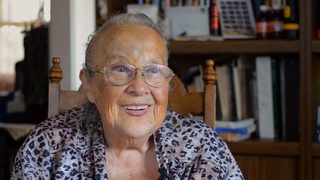
Tomboy
(b. 1930) Half Japanese and grew up in both Japan and the United States.

Postwar school-life
(b. 1930) Half Japanese and grew up in both Japan and the United States.
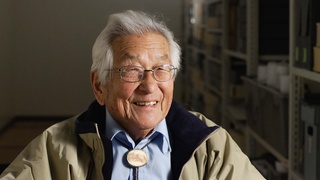
Coming home to his mother after the war
(1919 - 2015) Nisei who served in World War II with the 442nd Regimental Combat Team
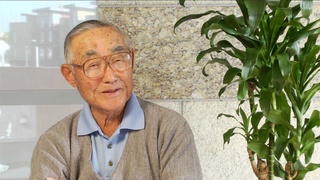
After being discharged and returning to the nursery business
(b. 1921) Nisei veteran who served in the occupation of Japan
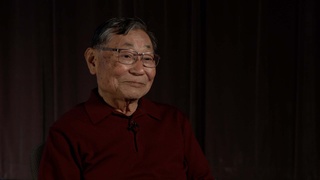

Felt no hostility in Los Gatos, California after the war
(b. 1935) Sansei businessman.

Able to settle easily in Los Gatos with foresight and luck
(b. 1935) Sansei businessman.
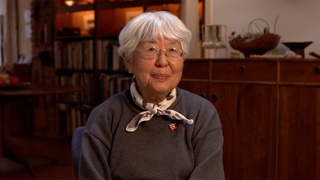
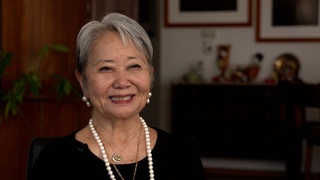
Facing Prejudice as a Japanese American Teenager in Chicago after the War
(b. 1932) Nisei American stage, film, and TV actress

Being Confused about Racial Identity in Postwar United States
(b. 1932) Nisei American stage, film, and TV actress
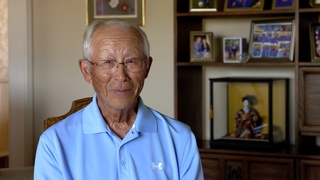
Reuniting with parents in America
(b. 1938) Japanese American. Hiroshima atomic bomb survivor

Adjustment to American life
(b. 1938) Japanese American. Hiroshima atomic bomb survivor
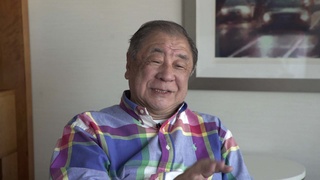
What made your parents decide to move to Brazil?
Professor of Law, University of Sao Paulo, Lawyer, Translator (b. 1948)
